Business Post Article, Sunday 26th May 2024
Publicity generated by Mary FitzGerald PR for Fernando Salmerón who recently launched his Spanish, property legal services in Ireland.
Book Club, RTE 1, Episode 2
Check out the books being reviewed on Episode 2, Book Club, RTE 1, 10.35pm, Wednesday, 21st February, 2024. Some great reads. Enjoy!
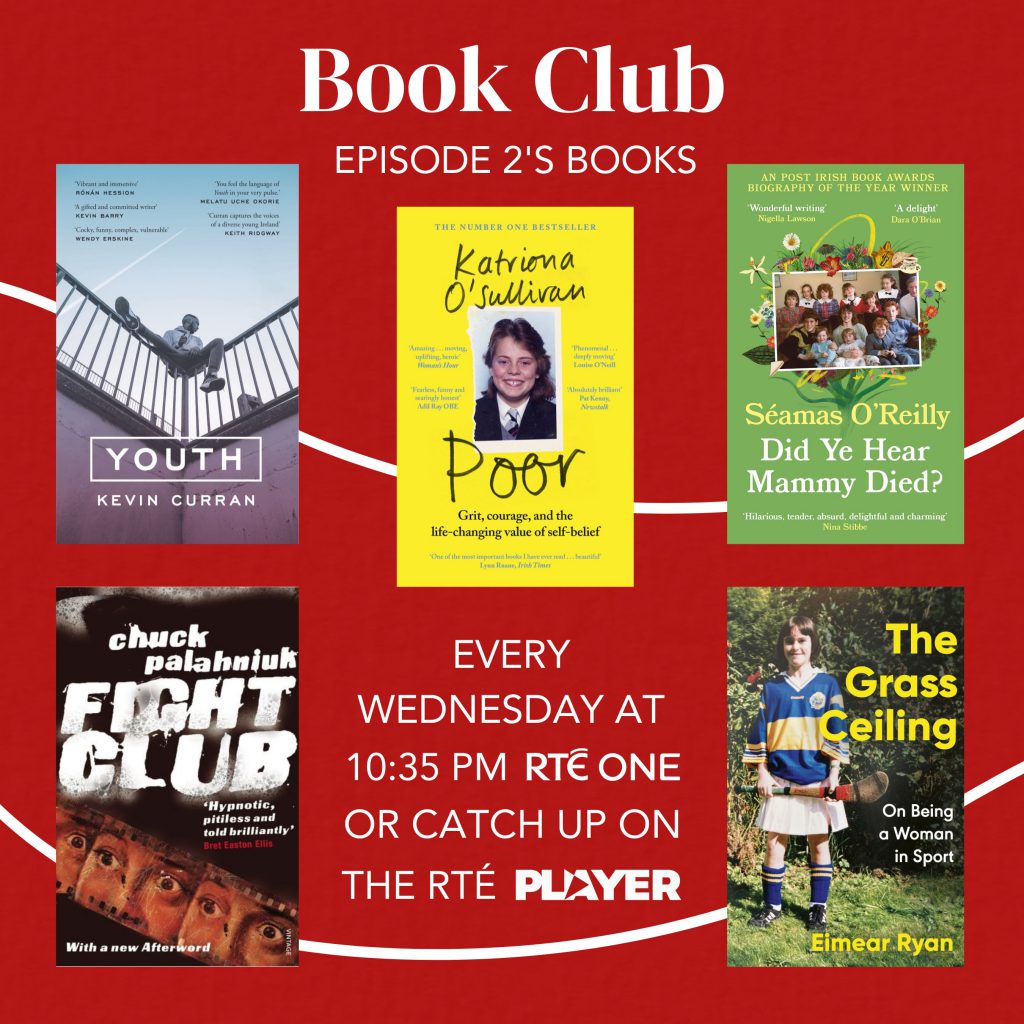
New Spanish Legal Property Service launched in Ireland
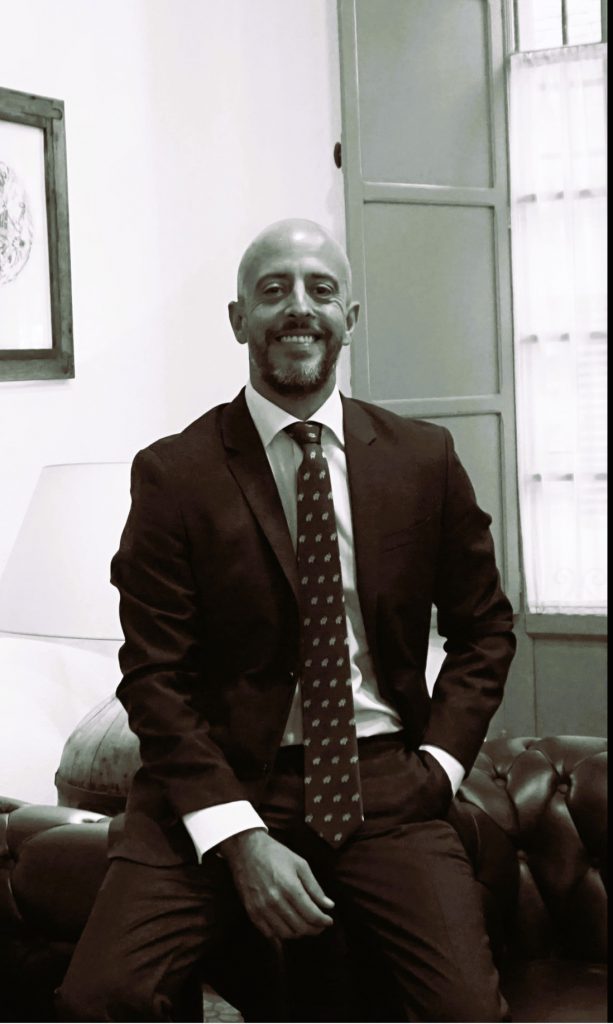
Spanish Lawyer, Fernando Salmerón, launches New, legal property service in Ireland for people interested in buying Spanish property or who previously bought property off-plan and lost their deposit.
Press Release
Fernando Salmerón’s Spanish Legal Services for Irish People
New Spanish Legal Property Service launched in Ireland to assist Irish Property Owners who bought property in Spain.
Fernando Salmerón, head of Bufete Salmerón, www.bufetesalmeron.comwhich specialises in banking and property law, based in Seville, Spain is delighted to announce the launch of his Spanish property legal service in Ireland for Irish people who bought property in Spain or are thinking of purchasing property there in the near future.
In particular he has experienced great success in recouping monies through the Spanish Courts for people who invested in overseas property and never received that property and lost their deposit and other monies.
He was recently successful in a case in The Court of First Instance and Instruction No 6 in Valencia which ordered CaixaBank to pay more than 200,000 euros to residents in Bollullos Par del Condado (Huelva), relating to payments made to a developer for the purchase of houses that were never built. See details below.
Fernando Salmerón is now extending his Spanish legal service to Irish people who previously bought properties in Spain or are now interested in buying or selling Spanish properties.
In particular he wants to inform Irish buyers who bought property off plan in Spain which was never built, that legal recourse is now available to them to recoup their deposit monies through the Spanish Courts with his assistance.
He also wants to make Irish people who bought property in Spain aware of floor clauses that were wrongly inserted in their mortgage contracts and that recourse is available to them through the Spanish Courts.
His legal firm also aims to make Irish people aware of multi-currency loans; this is a type of mortgage that allows payment in a currency other than the euro. They are variable interest mortgages in which the interest rate is usually referenced to an index. The Irish customer was not provided with adequate information about the product. The possible consequences of the appreciation or depreciation of the currency, not only on the monthly instalments but also on the outstanding capital, were not explained to the customer by means of simulations in documentary form; no information leaflet was provided on the characteristics and risks of the loan in foreign currency; nor was there any explanation in the mortgage deed itself.
He says “I am launching this property legal service in Ireland because Irish people over many years have invested in Spanish property. This is their opportunity to familiarise themselves with the pros and cons of buying property in Spain and in particular the pitfalls. If an Irish person has had a bad experience where they bought off plan and the property was never built and they lost their deposit, then I can assist them recoup some or all of that lost money with interest through the Spanish Courts”
Irish people interested in finding out more about this property legal service can check out Spanish Lawyer, Fernando Salmerón’s website. www.bufetesalmeron.com
Fernando Salmerón, is also available for interview on all Irish media.
Further Information, contact:
Mary FitzGerald PR Consultant, on behalf of Fernando Salmerón, Bufete Salmerón, Seville Spain.
Mary FitzGerald Public Relations
T: 01-6787916
M: 086-2520181
Recent Successful Spanish Property Court Case
Fernando Salmerón, Spanish lawyer, www.bufetesalmeron.com was recently successful in a case in The Court of First Instance and Instruction No 6 in Valencia which ordered CaixaBank to pay more than 200,000 euros to residents in Bollullos Par del Condado (Huelva), relating to payments made to a developer for the purchase of houses that were never built.
Mr. Salmerón, said that the ruling states that the bank will pay both the payments, transfers and cheques deposited by the residents and also requires the bank to pay interest dating back from 2007.
He also stated that CaixaBank “could not have been unaware of the deposits as Bollullos Par del Condado is a small town, and the bank had the capacity to control the payments made by the buyers”.
Bufete Salmerón sued CaixaBank at the end of 2020 on behalf of the residents.
Between October 2007 and January 2008, the plaintiffs signed contracts with a developer for the purchase and sale of homes to be built in the municipality of Bollullos, in the streets of Calles Calvario, Pendique and Tres de Abril.
Prior to the signing of the aforementioned sale and purchase contracts, some of the purchasers signed a bilateral agreement of sale and purchase through a commercial company. This company then received the deposits paid by the purchasers as a reservation and subsequently handed them over to the developer, between February and September 2007.
THE END
Book Club is back on TV!
Save the Date for the second series of Book Club , RTE 1, 14th February 2024 at 10.35pm. Check out the books to be reviewed
A great TV series for all book lovers and book clubs, not to be missed!
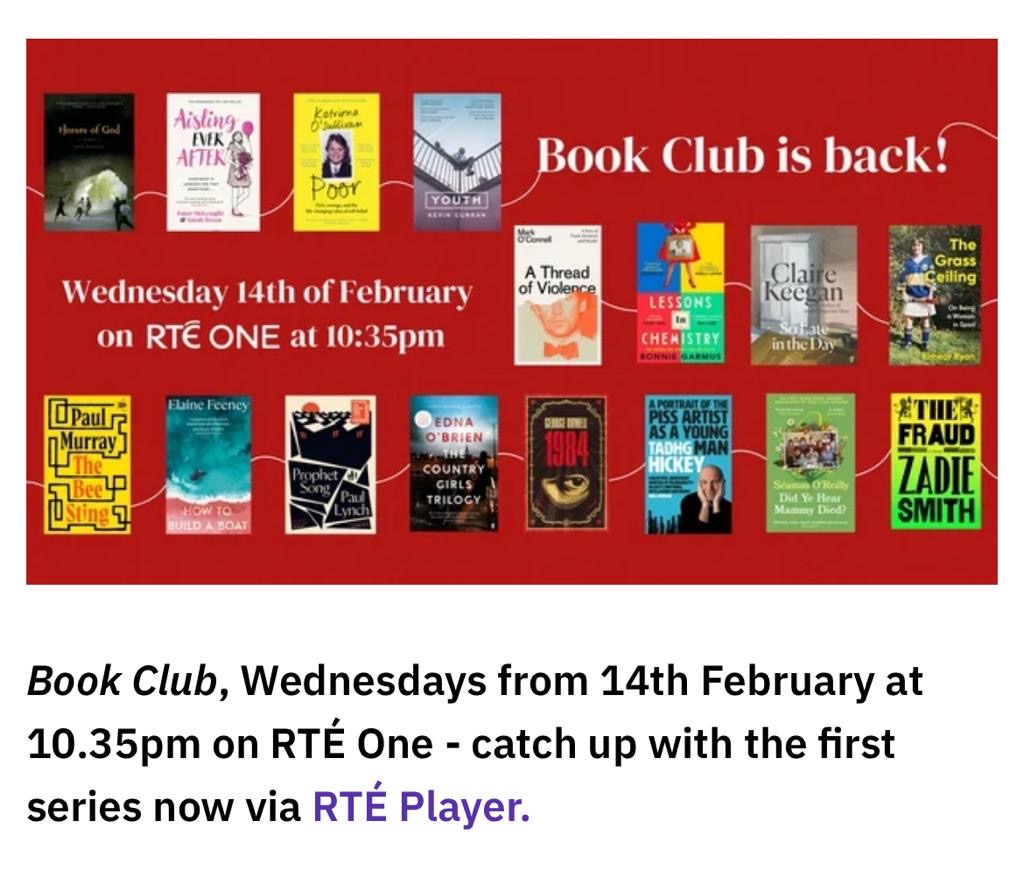


Press Release
Assign Legal Recruitment rebrands as Assign Recruitment, offering increased recruitment services to a range of businesses
For Immediate Release
22nd February 2023
Assign Recruitment, formerly known as Assign Legal Recruitment, was established in 2017 and has now re-branded as Assign Recruitment www.assign.ie.
It has expanded its recruitments services to not only provide legal recruitment services, but also recruitment services for a wide range of businesses and industries in Ireland and the UK to include;
- Accountancy and Finance
- Banking and Business
- Engineering
- Legal
- Hospitality, Travel and Tourism
- Transport
- Marketing
- Medical Devices
- Pharmaceutical
- IT, Telecoms and much more.
Assign Recruitment, with its panel of expert recruitment professionals, aims to provide a top class service not only to Clients looking to fill key roles in their companies and businesses but also to its extensive database of high calibre Candidates seeking to change jobs or move up the career ladder.
For Clients, their companies and businesses, Assign Recruitment aims to match the best Candidates to fill the best roles in a Client’s company, in a fast and cost effective manner.
So if your company has a role or roles to fill in any area of business in 2023, do contact Assign Recruitment for a FREE Consultation.
For Candidates looking to change careers or move roles in 2023 to find a better work/life balance or expand their professional experience, Assign Recruitment has a variety of roles to suit all requirements. New Career in 2023, Assign has you covered!
Contact us today to start that conversation whether you are a business looking to hire the very best talent or a Candidate looking for new and rewarding opportunities in your chosen career.
Check out our website www.assign.ie to see the current roles available. It is regularly updated with new and exciting roles whether you want to work in an office, from home or in a hybrid role, we have got what you are looking for.
Assign Recruitment, we “Go the Extra Mile!”
Further information;
Mary FitzGerald,
PR Consultant-Assign Recruitment
Mary FitzGerald Public Relations
T: 01-6787916
OR
T: Assign Recruitment-(01)9106921 or (01)9106927
W: www.assign.ie
THE END
Page Turners, New, RTE, TV Book Review Series
I am one of the Producers of a new TV book review series called Page Turners along with Anne McLoughlin, writer and producer, and the Team from Vision Independent Productions www.visionindependentproductions.com. The programmes feature book clubs from all over Ireland reviewing a range of books from fiction, non fiction to classic and memoirs. Tune in on Thursday nights, from Thursday, 5th January 2023, RTE 1, 10.15pm.
Would love to hear your feedback!
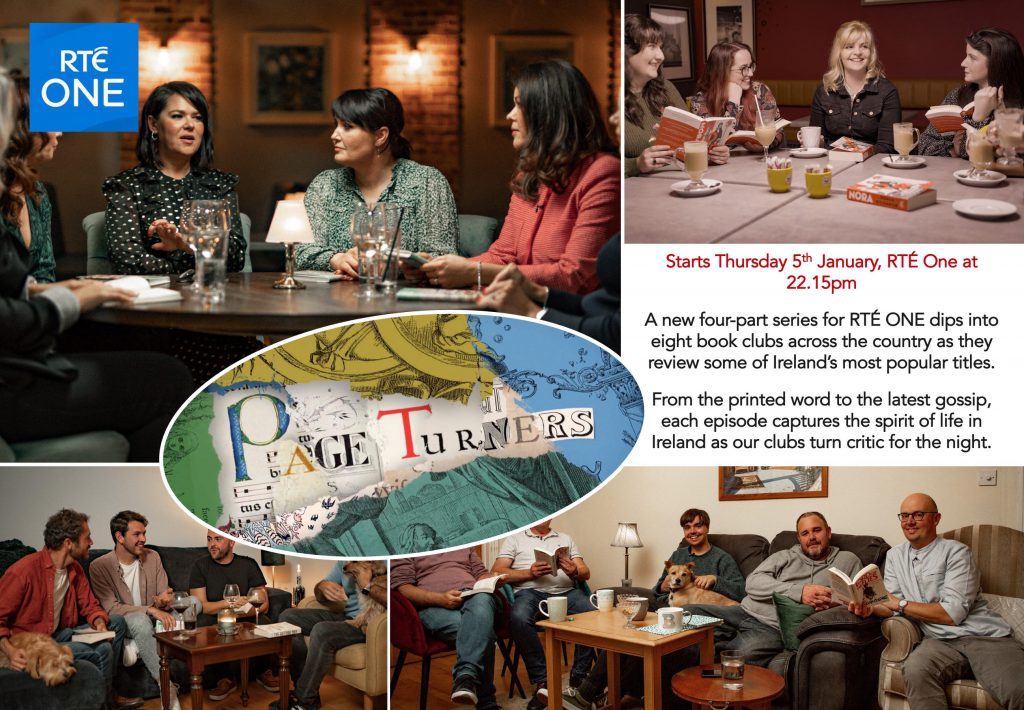
Book Club, New RTE TV Series
I am working on a NEW RTE TV series called Book Club to be broadcast in the Autumn 2022. We are looking for Book Clubs to take part. If you enjoy reading and are part of a Book Club do get in touch; mary@maryfitzgeraldpr.ie. I would love to hear from you!

Launch of Clare Anne Taylor Couture Cakes, Clare Ann Range
PRESS RELEASE
For Immediate Release
CLARE ANNE TAYLOR CAKE RANGE
The launch of the Clare Anne range of luxurious hand-crafted cakes is a real treat for all cake lovers and those wishing to gift an exceptional culinary creation to mark a special occasion.
Brought to the market by Clare Anne Taylor, the renowned pastry chef, best known for her Couture range of elegant, bespoke wedding cake creations, these cakes are more readily available on three day order from a select group of retailers of fine foods and online through click and collect at www.clareannetaylor.ie
Defined by beautiful artistry and style and using only the finest and seasonal ingredients, the cakes come in two sizes in three designs which vary seasonally.
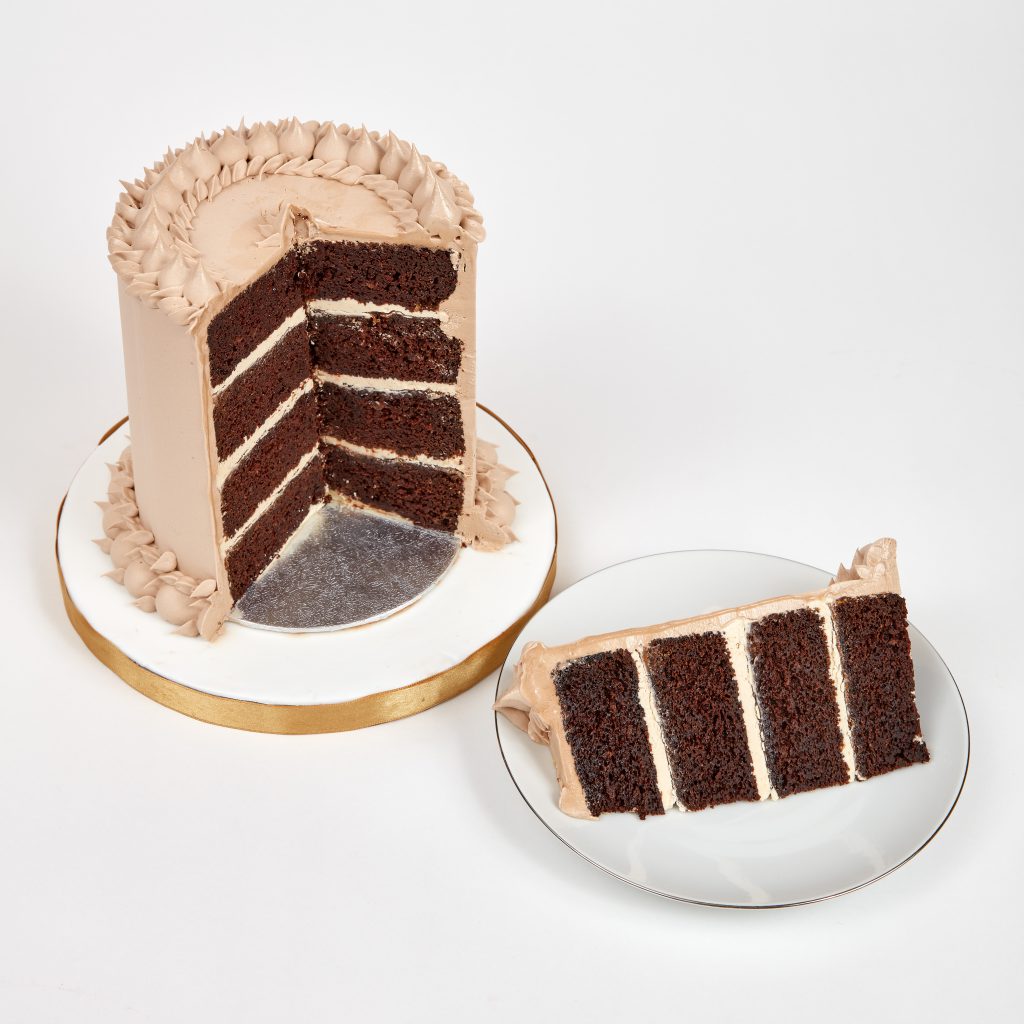
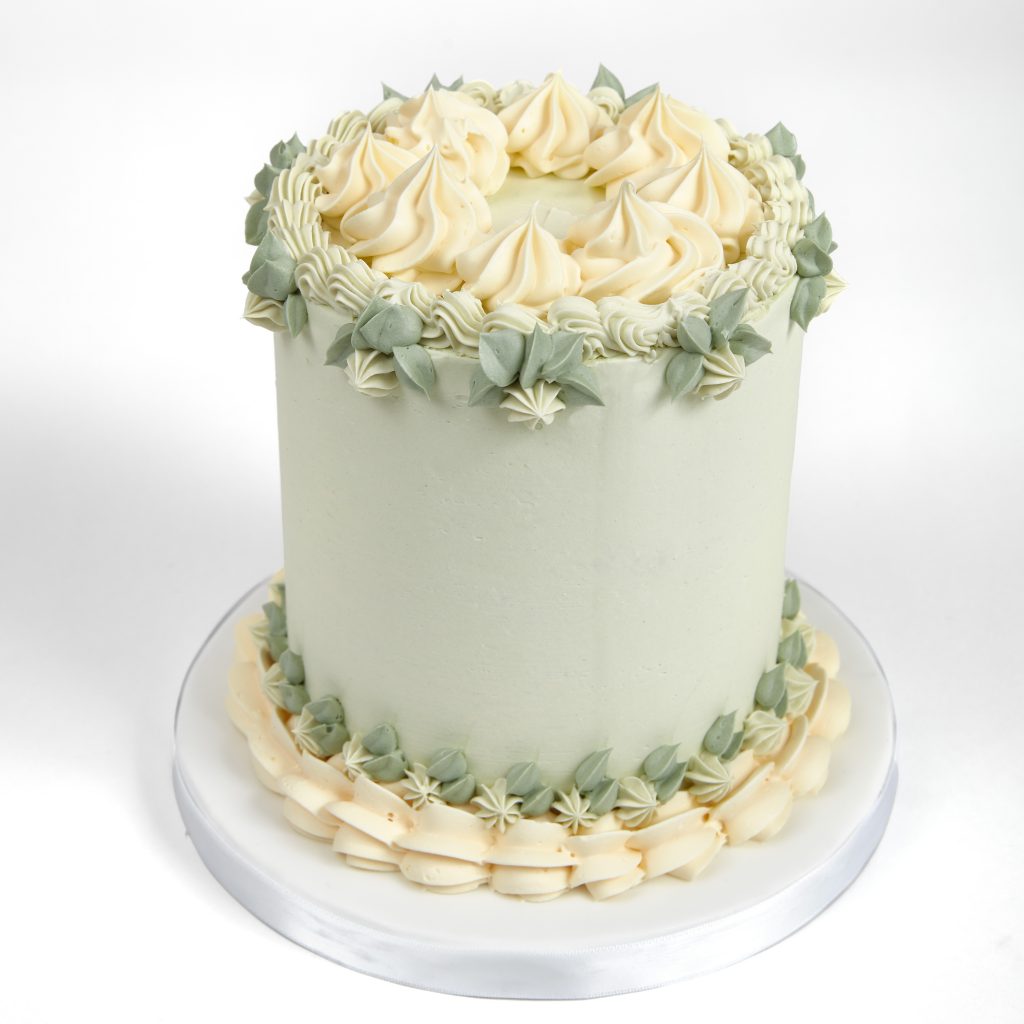
Poached Pear with Spiced Honey and Chocolate 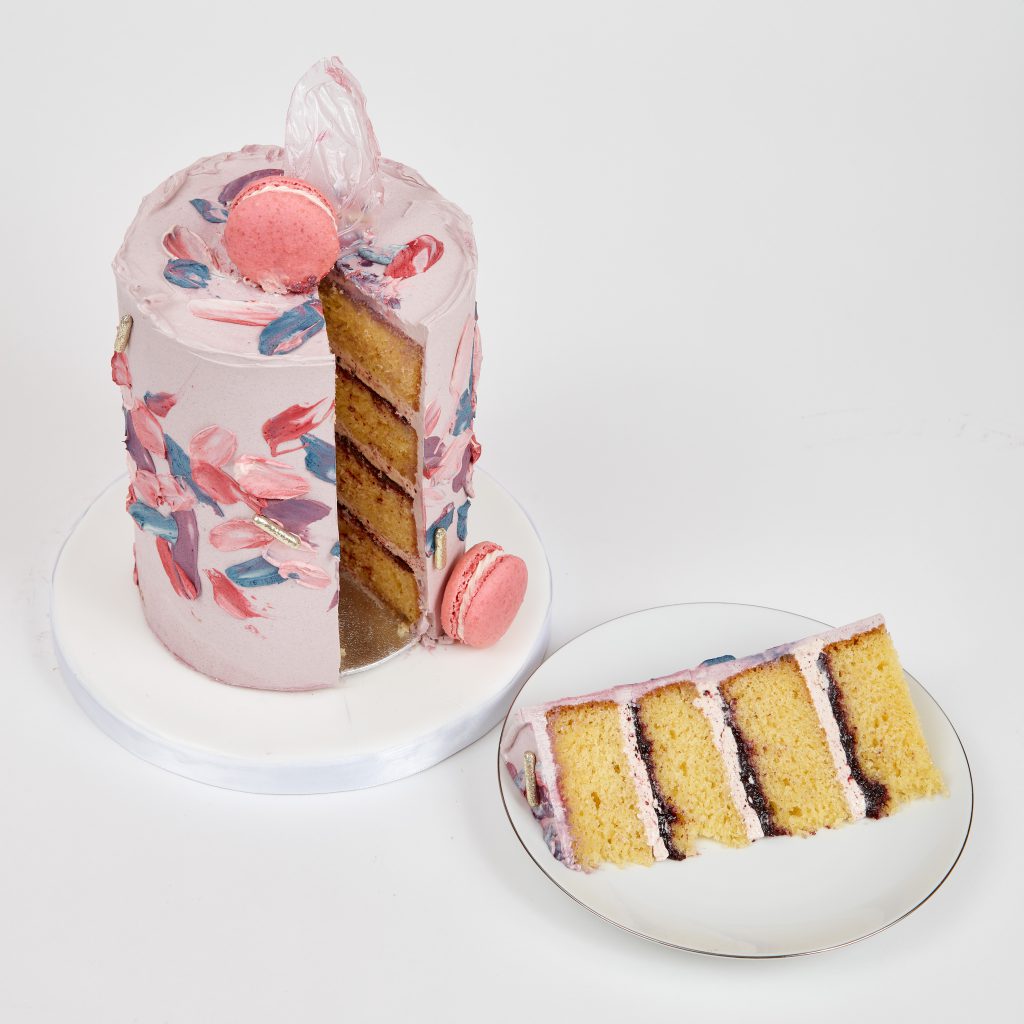
Blackcurrant, Vanilla and Violet
Bronze Award Winner at this year’s Irish Food Awards; Rich and light Chocolate and
Guinness Sponge, spread with Hazelnut and Almond Praline and filled with Hazelnut Italian Meringue Buttercream Autumnal Spiced Honey Sponge, Poached Pears, and a Velvet Smooth Pear and Chocolate Ganache
CLARE’S STORY
Clare Taylor launched Clare Anne Taylor Couture Cakes as a mirco enterprise in 2017. Starting from her kitchen at home, Clare has grown the business to become one of Ireland’s foremost designers of luxury cakes and confections for weddings and celebrations.
Working with some of Irelands leading event planners, 5-star hotels and individual clients, the business has grown in reputation and scale. Recently moved to a purpose designed pastry kitchen and offices in Newtownmountkennedy, Co Wicklow, Clare and her team now bring her luxurious creations to a wider market.
Throughout our development we have been supported by wonderful local and national suppliers of the finest and seasonal ingredients.
“We had the pleasure of working with Clare Anne Taylor. All creations were delivered with precision and were even more beautiful in person. We very much look forward to working together again”
John and Sandy Weir, Forest Avenue
“Clare Taylor is a breath of fresh air and really gets what it takes to be a provider of couture cakes to a Five Star Deluxe Hotel. Her attention to detail and “can do” attitude are exactly what is needed at this high level. Cake flavours sourced from local ingredients and innovative designs taste and look incredible on the day.
Paul Kelly, Head Pastry Chef, The Merrion Hotel
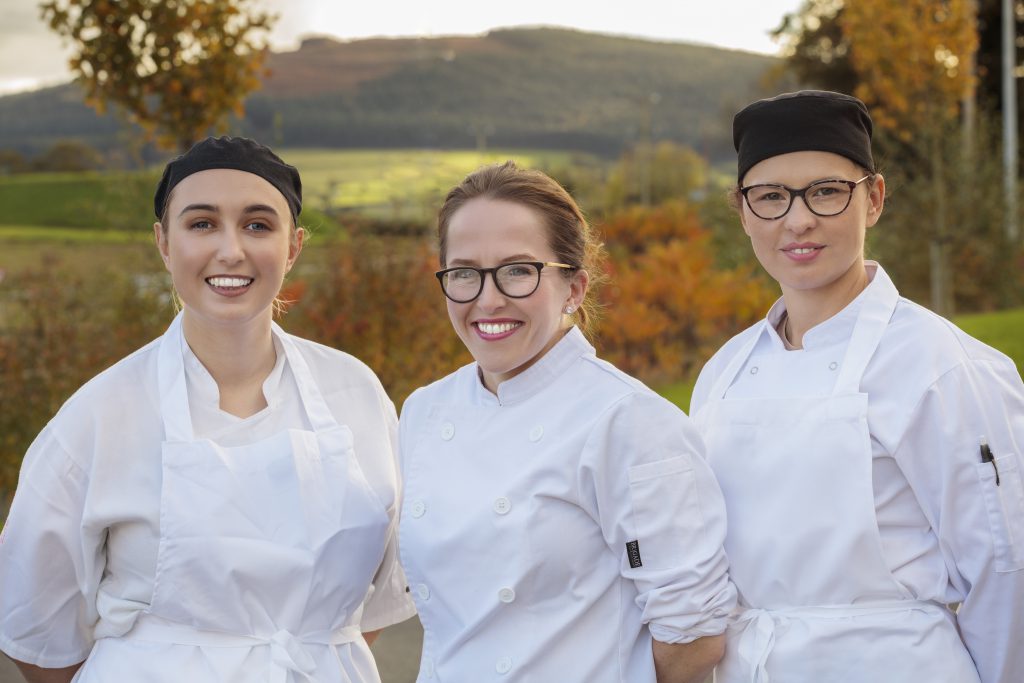
Clare, pictured in the center, with her Team
Further information contact:
Mary FitzGerald Public Relations
T: 01-6787916
M: 086-2520181
